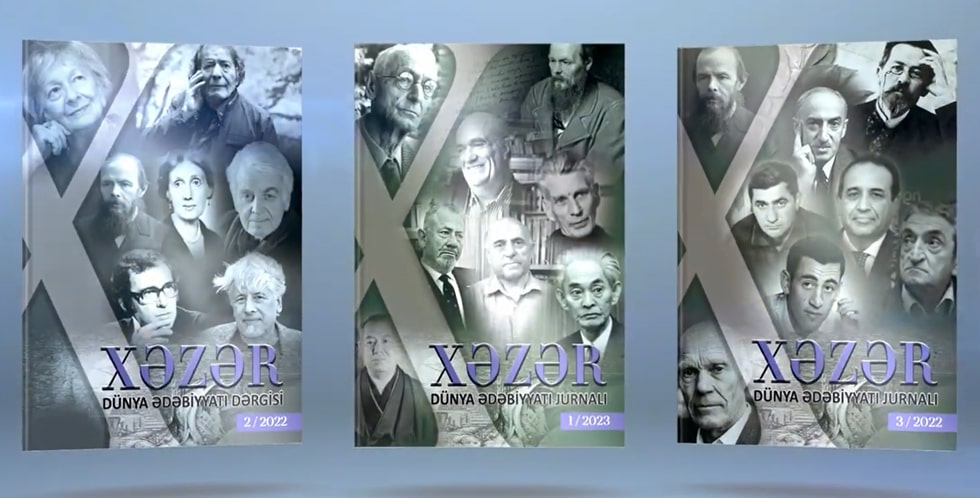Baku's Taj-Mahal or the Palace that Solders Happiness

Born into a poor family in the settlement of Amirjan around Baku, Murtuza started as a bonded labourer mechanic and worked his way up to become an oil tycoon through hard work and without shuning any work. Then he became one of Baku’s famous millionaires. All residents of the settlement respected and loved him for his hard work and ingenuity.
One day Martov, an owner of oil wells, decided to sell his field shops and assets in Baku, and Murtuza, who had been working there as a foreman for many years, bought them, with the financial support from local residents who regarded him with favor, and Murtuza started his business. The oil fields brought Murtuza Mukhtarov flows of money and countless riches. With only lower secondary education, Murtuza was a bright self-taught inventor. The drilling tool invented by him had a global name known as “Mukhtarov”, and was exported to many countries. Mukhtarov is also known for other inventions.
Mukhtarov attracted the best engineers of the city in his oil fields, generously paying them. However, in the wake of great money, a huge tragedy happened: while being away, Mukhtarov got a message of sudden deaths of two his daughters after fatal illness diagnosed in them. The pain of their passing followed him all his life – so, he could not accept their passing, just blaming it on his wife Gonchekhanum. The family soon broke up.
Mukhtarov could not have imagined that he would find happiness again someday. He was destined to live in Vladikavkaz, where got acquainted with General Tuganov. The latter invited the wealthy Bakuvian in his home, where Murtuza met his future wife, Liza, Tuganov’s middle daughter. Her family did not agree long to this marriage, but Murtuza always achieved his goal, and his perseverance, sincerity and untold wealth he possessed did its work. Their marriage proposal and wedding took place in a rich and ceremonious party. Some 30 riders in white Chokhas [wool coat with a high neck], white papakhas [tall Caucasian fur hat], having daggers and swords, carried thirty splendid khonchas [decorated tray] into the bride's house. The wedding party lasted for seven days and seven nights, and the bride was taken away by phaeton, decorated with silver. Then the newly wedded couple toured European cities for their honeymoon and also stayed in Venice, where Lisa was impressed by the architecture of a palace. When they returned to Baku, Mukhtarov commissioned the Polish architect Józef Ploshko to design a magnificent Palace in Venetian Style later called the Palace of Happiness. Having obtained drawings of the very palace in Venice, Mukhtarov commissioned to begin construction of a similarly magnificent Palace in Baku in honor of his beloved wife. Initially the palace was to be constructed on Istiglaliyet Street, however, the landowner did not agree to sell the land for any money, so it was decided to build it in its present location. Subsequently, the street, where the Palace of Happiness is, was named after Murtuza Mukhtarov. In 1911-1912 the magnificent building was rented to a client. Mukhtarov had not yet said a single word to his wife about his surprise. Only after completion of all work, together with his wife he went to see the palace. Lisa couldn’t believe when her husband showed her the newly built castle and said: "This is your palace!"
That is what Doctor of Political Sciences Zaur Aliev, a researcher, told us concerning the destiny of the Palace of Happiness: “The construction of the palace was completed in 1912. Murtuza Mukhtarov asked his wife to go for a ride in a phaeton. When she saw a couple maid welcoming her in front of a majestic, magnificent building and hearing that her spouse had constructed this palace in her honour and as a present for her, Liza was taken aback by their remark, lost her voice, and she was really happy. Liza lived in the palace till 1920. The palace was committed and modelled to the spirit of French Gothic style, with each column, window, door, element of architectural composition represent real works of art. After the Bolsheviks came to power in Baku, the palace was first called the Women's Club named after А. Bayramov, then the Shirvanshakhs’ museum. The building was known as the Palace of Happiness, or Wedding Palace, for a long time. The happy wife could not long take to senses from such a gift. But no one could listen to Murtuza’s heart. He had to conceal from his wife the case occurred before the palace was handed over. His contractor slipped loose from the very top and plunged to his death. Having learnt about it, his young wife made a suicide. This tragedy had for long remained blazing in his memory day and night. This accident might have shadowed forth his own tragedy that would happen much later."
Couple Mukhtarov did not have any children, but they continued to enjoy domestic happiness. While still young, Liza Mukhtarova flung herself whole-heartedly into public activity: she was an active member of the society to combat tuberculosis, worked hard for the Baku Muslim Enlightenment Society “Nijat”, made a material and organizational contribution to the creation of a special children's hospital. Right at the beginning of the First World War, she headed Muslim Ladies’ Benevolent Society.
She organized in her magnificent palace a peculiar board for Moslem girls-orphans about whom she took maternal care.
A revolution broke out. Most millionaires had to emigrate. Murtuza Mukhtarov was convinced to leave Azerbaijan, but he was unrelenting, only asking to move his family. Elizabeth Tuganova - Mukhtarova left for Marcel. She did not return any more. And all sight of her was then lost. Nobody would never know where that woman - to whom the palace, today known formally as the Palace of Happiness, was devoted - had found final refuge.
AND OTHER...
-
 Isi Malikzade’s Creativity on German Literature Magazine
Isi Malikzade’s Creativity on German Literature Magazine
LESERING.de, a popular German e-literature magazine, has posted in German the short story Salt by Isi Malikzade, the notable Azerbaijani writer, as part of the AzSTC project “Azerbaijan Literature in an International Virtual World”.
-
 Movlud Movlud’s Short Story on Turkish Portals
Movlud Movlud’s Short Story on Turkish Portals
“Detayhaberler.com”, “Dibace.net” and “Haber.232.com”, leading Turkish portals, have posted in Turkish the short story “We Have Already Grown Up” by the...
-
 The Book “The Classification of Words Extracted from “The Spelling Dictionary of the Azerbaijani Language” Out
The Book “The Classification of Words Extracted from “The Spelling Dictionary of the Azerbaijani Language” Out
The Azerbaijan State Translation Centre has published a voluminous book “The Classification of Words Extracted from “The Spelling Dictionary of the Azerbaijani Language”









